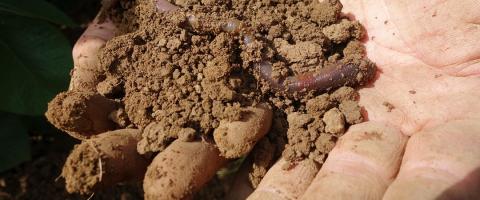The soil is inhabited by a diversity of very small living organisms. Practically all these organisms are beneficial to plants, but a small number of them can cause plant diseases. What are soil-borne diseases, how to recognize them and why are they important is explained in this video.
Download the Factsheet Below.


